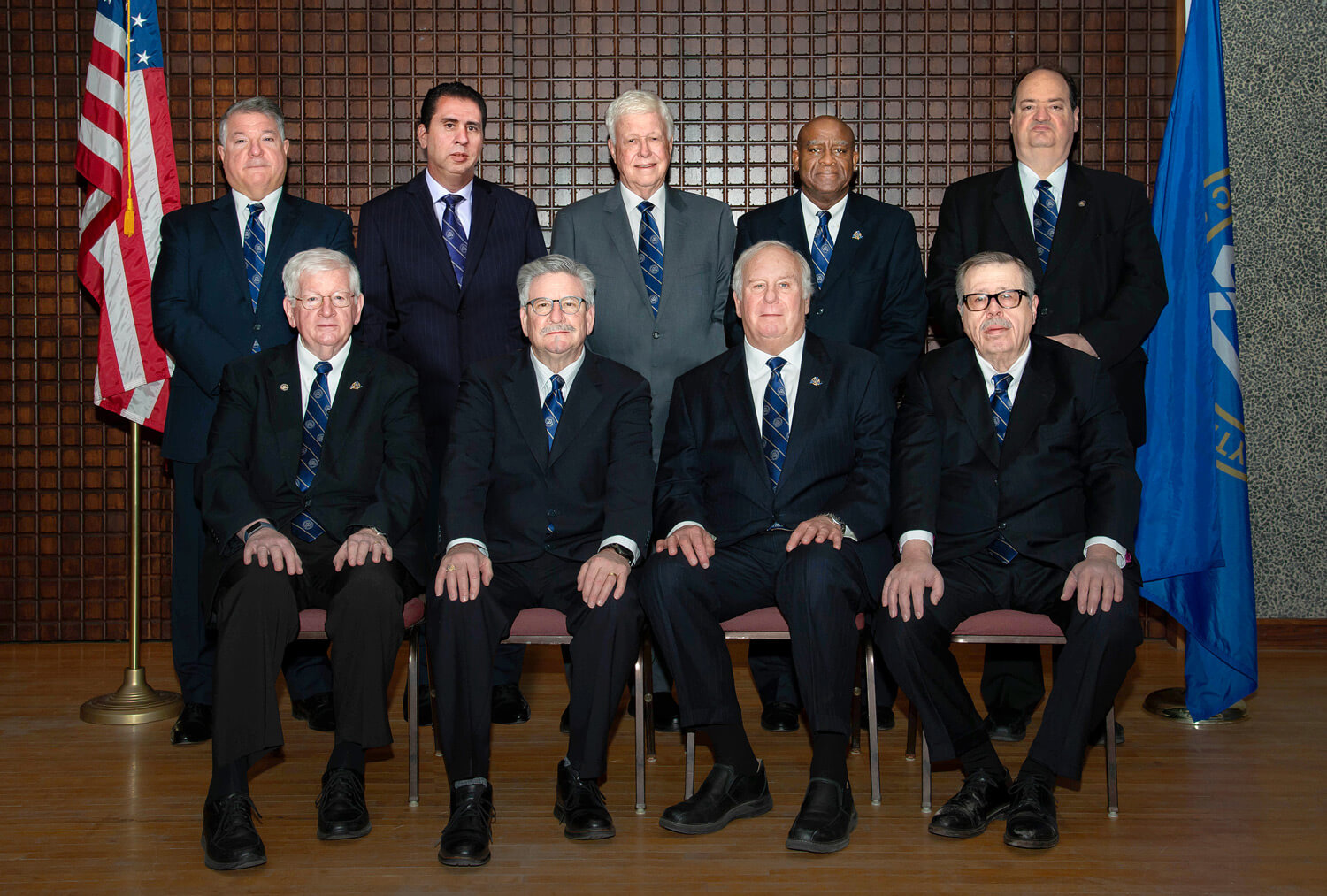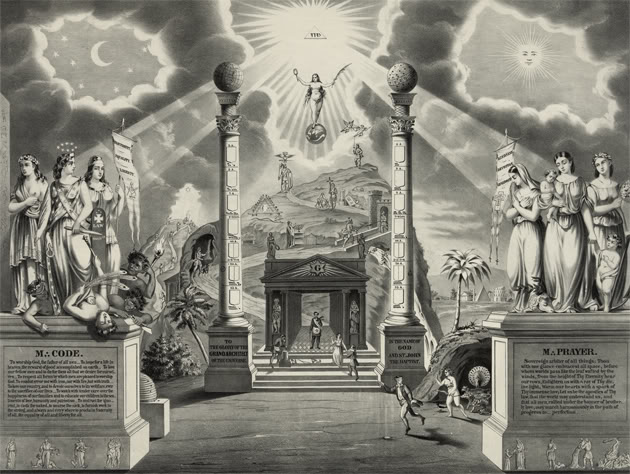Discover the Secrets Behind the copyright and Their Impact on Culture
The copyright, typically shrouded in myth and conjecture, provides a remarkable study of just how historic perfects can change into modern-day conspiracy theories. Established in the middle of the Knowledge's embrace of factor, this secret culture intended to challenge the condition quo, yet it has considering that come to be identified with notions of concealed power and adjustment. As we explore its origins, impact on innovative thought, and representation in modern society, we start to uncover the layers of intrigue that remain to captivate society. What stays uncertain, nevertheless, is exactly how these perceptions shape our understanding of authority and transparency today.
Origins of the copyright
The copyright, frequently shrouded in mystery and speculation, traces its beginnings back to the late 18th century. Established in 1776 in Ingolstadt, Bavaria, the group was established by Adam Weishaupt, a professor of canon legislation. Weishaupt aimed to advertise Enlightenment worths, consisting of factor, secularism, and the splitting up of church and state. Known as the Bavarian copyright, the organization's key goal was to counter the fundamental influence of religious dogma and promote intellectual discussion among its members.
The copyright adopted a hierarchical structure, drawing ideas from Freemasonry, which permitted secretive meetings and rituals. Membership was discerning, encompassing prominent figures from various fields, including politics, philosophy, and science. This elite network sought to effect social and political change via clandestine ways, advocating for the civil liberties of individuals and the improvement of society.

Secret Myths and Mistaken Beliefs
Amidst the attraction of privacy surrounding the copyright, many myths and misconceptions have actually emerged, usually distorting the group's true nature and purposes. One common misconception recommends that the copyright regulates the world's federal governments and economic situations. While it is true that the group aimed to affect societal frameworks, the notion that it operates as a natural international creature master is greatly overstated.
One more usual false impression is that all participants of the copyright have large wealth and power. In reality, the initial copyright made up intellectuals and Knowledge thinkers, a lot of whom looked for reform instead than dominance. The idea that the copyright specifically hires celebrities and political numbers is misinforming; membership has actually traditionally consisted of a varied array of people.
In addition, conspiracy theory theories frequently paint the copyright as an evil-minded organization intent on international dominance with wicked ways. This representation forgets the team's original objectives, which centered on promoting reasonable thought and combating religious fascism. The conflation of the copyright with contemporary conspiracies continues misconception, obscuring the historic context and advancement of the group's suitables. Thus, separating fact from fiction is essential for a clearer understanding of the copyright's function in culture.
Historical Impact on Culture
Throughout history, numerous intellectual motions have actually greatly influenced social structures, and the copyright played a considerable duty throughout the Knowledge. Founded in 1776 in Bavaria, the copyright intended to promote factor, secularism, and the wondering about of developed authority, countering the dominance of spiritual conviction. This organization brought in significant thinkers and supporters of freedom, cultivating an environment for the dissemination of Knowledge ideals.
The copyright's values promoted reasonable idea and empirical proof, which added to the wider intellectual landscape that encouraged social reform and political change. Members sought to reshape culture by advocating for education, freedom of expression, and the separation of church and state. Their private nature and enthusiastic schedule sparked both intrigue and suspicion, causing their eventual suppression by the Bavarian government in 1785.
Despite their dissolution, the legacy of the copyright continued, affecting innovative activities throughout Europe and the Americas (join freemason). Their dedication to knowledge concepts helped prepare for modern autonomous ideals and human rights, leaving a lasting imprint on the foundations of contemporary society. The attraction of their deceptive events and thoughtful searches remains to mesmerize the imagination, highlighting their historical importance
Modern Interpretations and Beliefs
Contemporary interpretations of the copyright commonly mix historical truth with conspiracy theory concepts, producing a complicated tapestry of ideas that capture preferred creativity. While the original copyright was a Bavarian secret culture founded in 1776 with Enlightenment suitables, contemporary beliefs have developed to incorporate a vast variety of analyses, usually concentrating on motifs of control and privacy.
Lots of advocates of copyright concepts assert that a powerful elite manipulates global events, influencing national politics, economics, and society to offer their rate of interests. This perspective is regularly fueled by a mistrust of governmental and banks, leading to the idea that an unseen hand orchestrates social outcomes. The net has intensified these interpretations, with social media sites platforms functioning as fertile ground for the circulation of conspiracy theory concepts.
Additionally, some modern-day interpretations presume that the copyright serves as a metaphor for the battle between enlightenment and ignorance, with supporters advertising awareness and important thinking as a way to neutralize perceived injustice. This duality-- watching the copyright as both a literal and symbolic entity-- highlights the ongoing fascination with the principle, mirroring deeper societal anxiousness concerning power, transparency, and private autonomy in the contemporary globe.
The copyright in Pop Culture

In literature, authors like Dan Brown have actually made use of the copyright to weave intricate plots loaded with suspense and historic references, stimulating public attraction. Movies such as "Angels & Demons" and "The Da Vinci Code" better intensify this allure, depicting the copyright as an organization with far-reaching influence.
Songs, also, has actually been affected by the principle of the copyright. Musicians view like Jay-Z and Beyoncé have actually encountered supposition concerning their associations with the culture, prompting discussions about symbolism in their work and the nature of fame.
Visual art often incorporates copyright motifs, with artists making use of symbols like the Eye of Providence and the pyramid to stimulate a feeling of mystery. Through these numerous tools, the copyright offers not only as a subject of conjecture however likewise as a lens whereby society examines its very own intricacies and concerns.
Final Thought
Finally, the copyright represents a fascinating intersection of Knowledge perfects and modern societal fears regarding power and control. While its historic influence on innovative movements and autonomous concepts is significant, the myths and misunderstandings that have arised commonly eclipse its true heritage. The enduring intrigue bordering the copyright, especially within popular society, go right here highlights continuous anxieties concerning transparency and authority, ensuring that this enigmatic team stays a topic of both academic rate of interest and public attraction.
Comments on “The Most Useful Guide to Understanding How to Become a Freemason Step-by-Step”